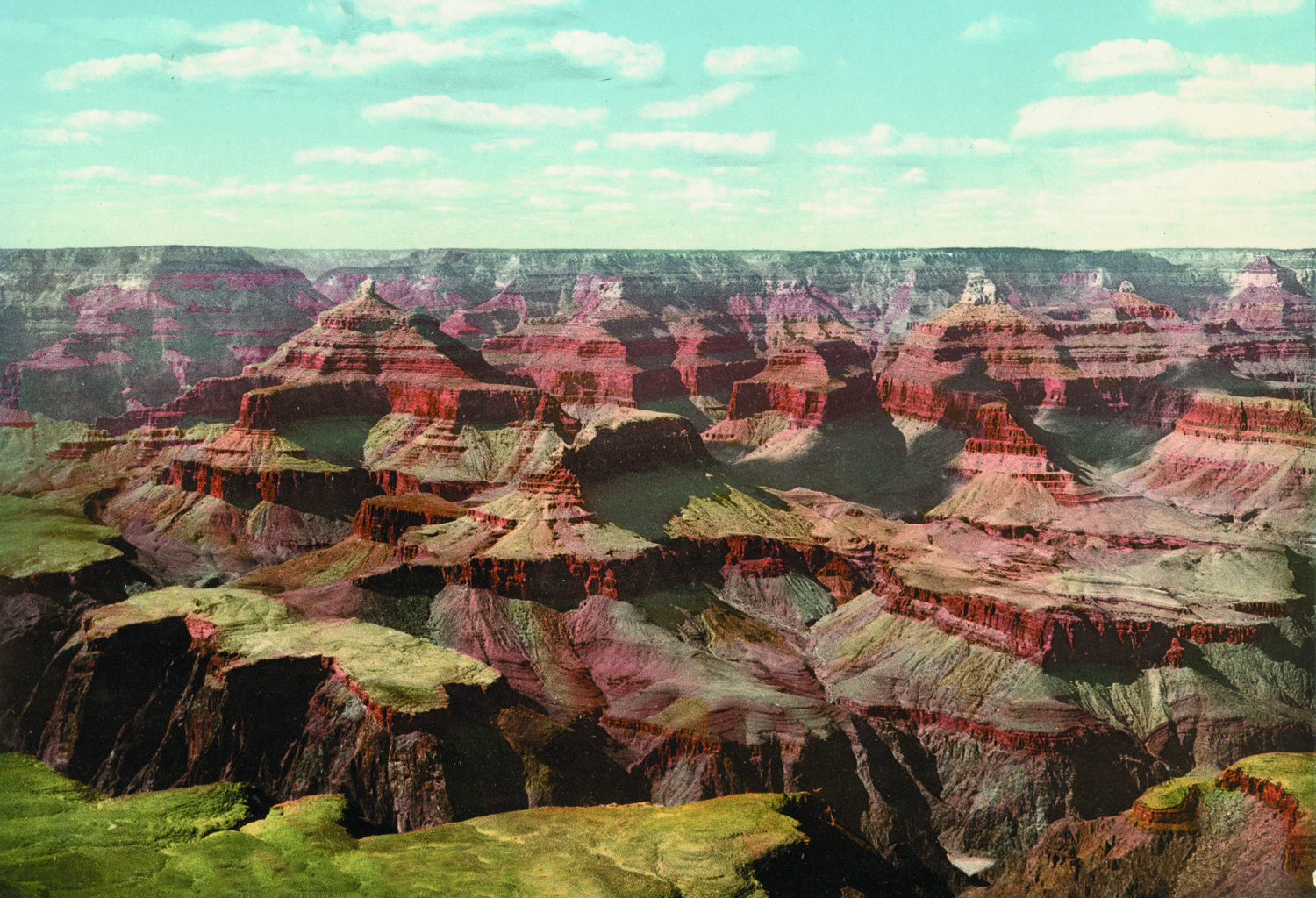
NOTE: This gallery is best viewed in “Full Screen” mode; see button at right, above. Most of us perceive history, as depicted in photographs, in stark black and white — both figuratively and literally. After all, the most famous, stirring images associated with many of the landmark events and signature figures from, say, the American Civil War through the Great Depression, World War II and even much of the post-war 20th-century are often black and white pictures. But a new book, An American Odyssey (TASCHEN, 2014), provides a strikingly vibrant look at America, from the late 1880s to the early 1920s, through what the book’s editors call “the first color photographs of the North American continent.” The photocroms in this gallery are from the private collection of graphic designer and photographer Marc Walter, who owns one of the world’s largest collections of vintage travel pictures and co-authored An American Odyssey with Sabine Arqué. Made by a process in which black and white photographic negatives are transferred to color lithographic printing plates or stones — rather than tinted by hand — photochrom postcards and other mementos were hugely popular in the early 20th century. (It’s of course worth noting that color photography — made primarily via color separation, the Lumières’ Autochrome process, and other methods — had been around since since the mid- to late-19th century. But it wasn’t until Kodak and Agfa began producing mass-market, consumer-ready color film in the 1930s that the art and craft of color picture-taking was widely and affordably available.)
[See Sanna Dullaway’s contemporary photo colorizations.]
As for why the photochroms seen here are so extraordinary, the introduction to An American Odyssey notes:
The archive of the Detroit Photographic Co. [which first produced these photochroms] is probably the most important ever created on the subject of North America between 1888 and 1924: 100,000 subjects—landscapes, urban and rural scenes, ethnic types, architecture, and many others—in the form of glass plates and black- and-white negatives. Several thousand of these were reproduced in color thanks to a new photolithographic technique pioneered in Switzerland, which entered use in 1895: the Photochrom process. These photochroms are therefore the first color photographs of the North American continent. Here, then, is the Grand Canyon in color more than ten years before the invention of Autochrome by the Lumière brothers. . . . The Grand Canyon had been discovered in the early 1850s and, by 1895, had already been photographed during the scientific expeditions organized by the American government in 1860–70: Timothy O’Sullivan, J.J. Fennemore, William Bell, William Henry Jackson, and John K. Hillers had already brought back monochrome pictures of the canyon. But the colors of the Grand Canyon—the reds, browns, ochers, and white of its strata burned by the sun were unknown to all but a select few. The colors of what Henry Miller termed “the land of the Indian” . . . were for the first time revealed to the world by the photochroms of W. H. Jackson.
The images in An American Odyssey are at-once beautiful and technically brilliant documents that reanimate history in a way few other media possibly can.
Pre-order An American Odyssey from Taschen.com.
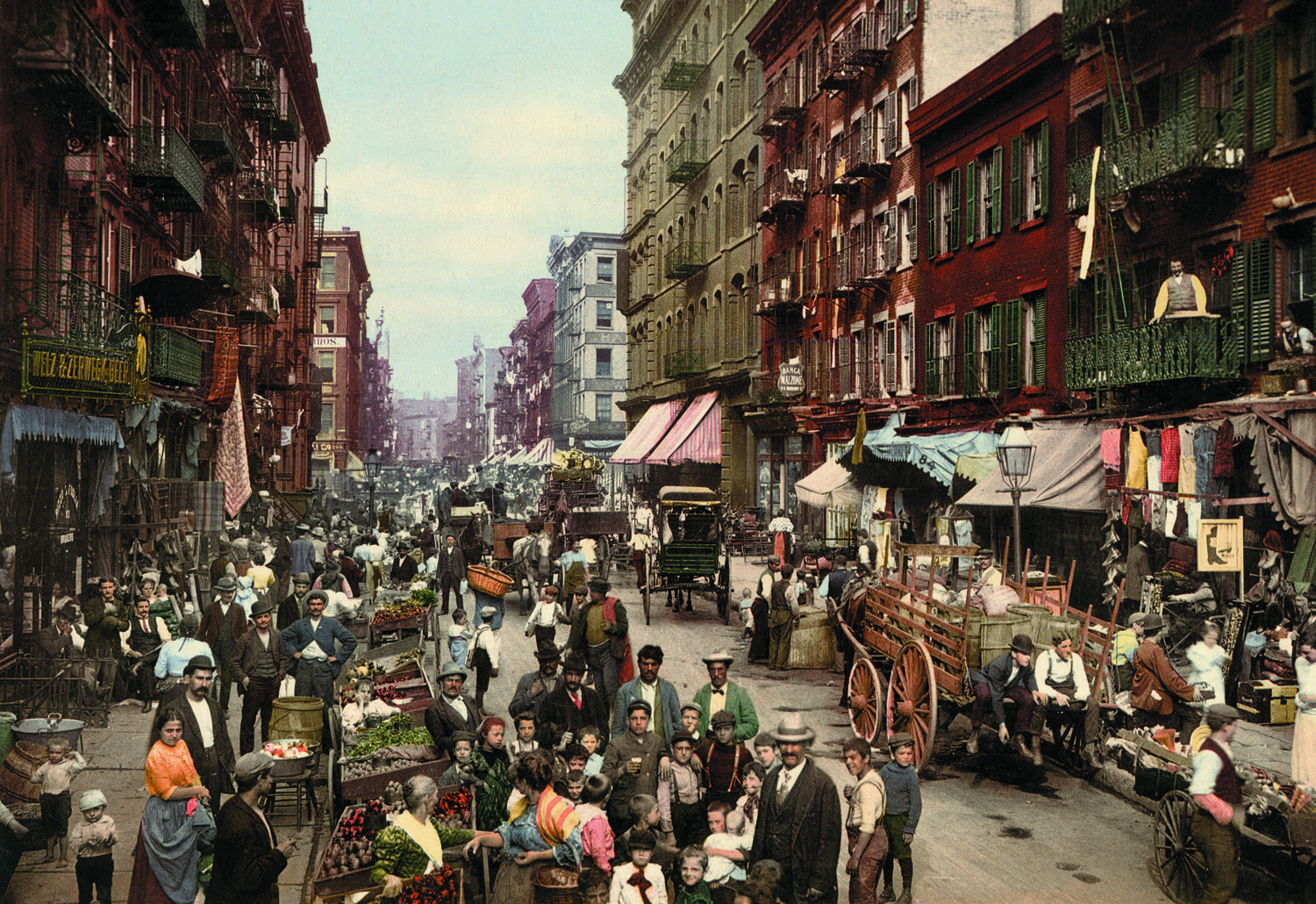

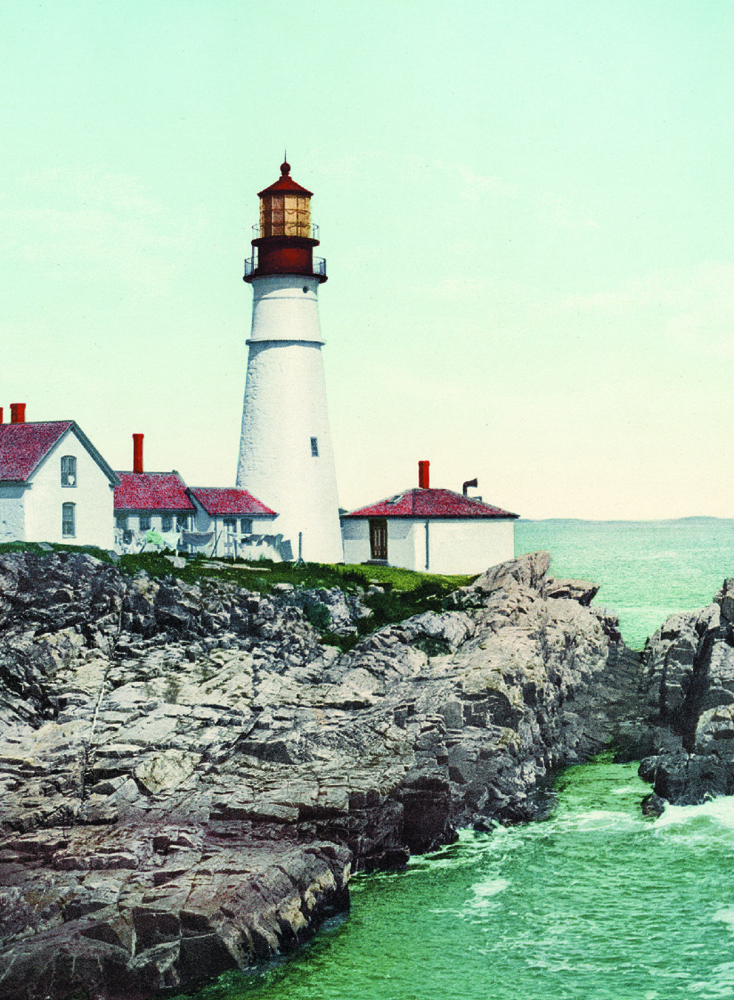

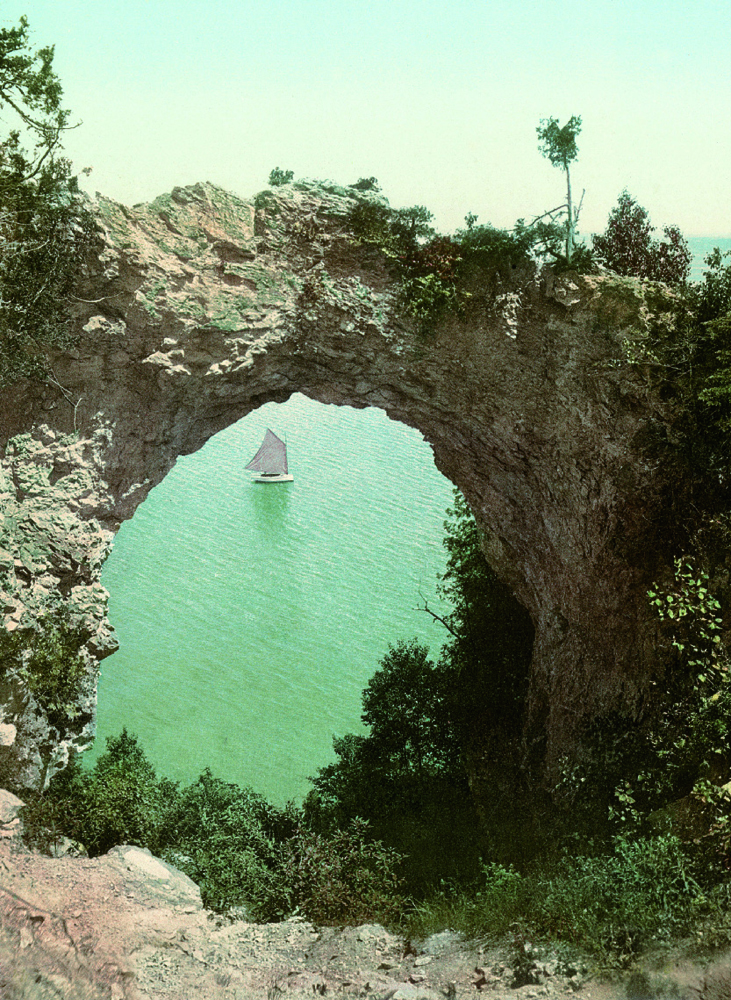
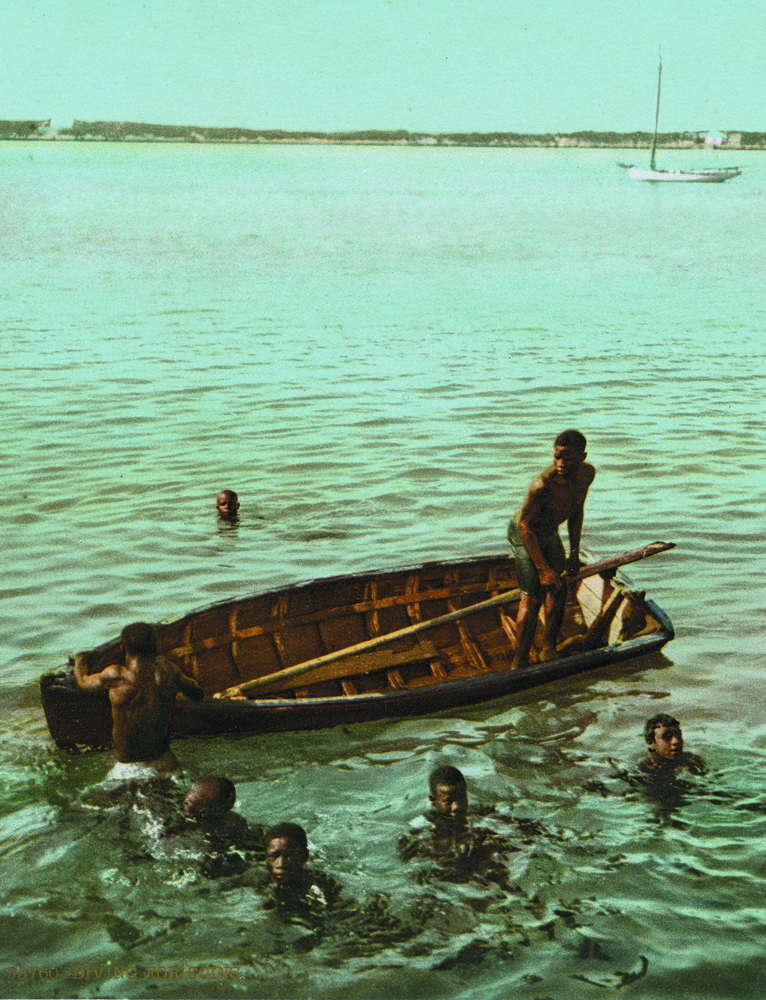
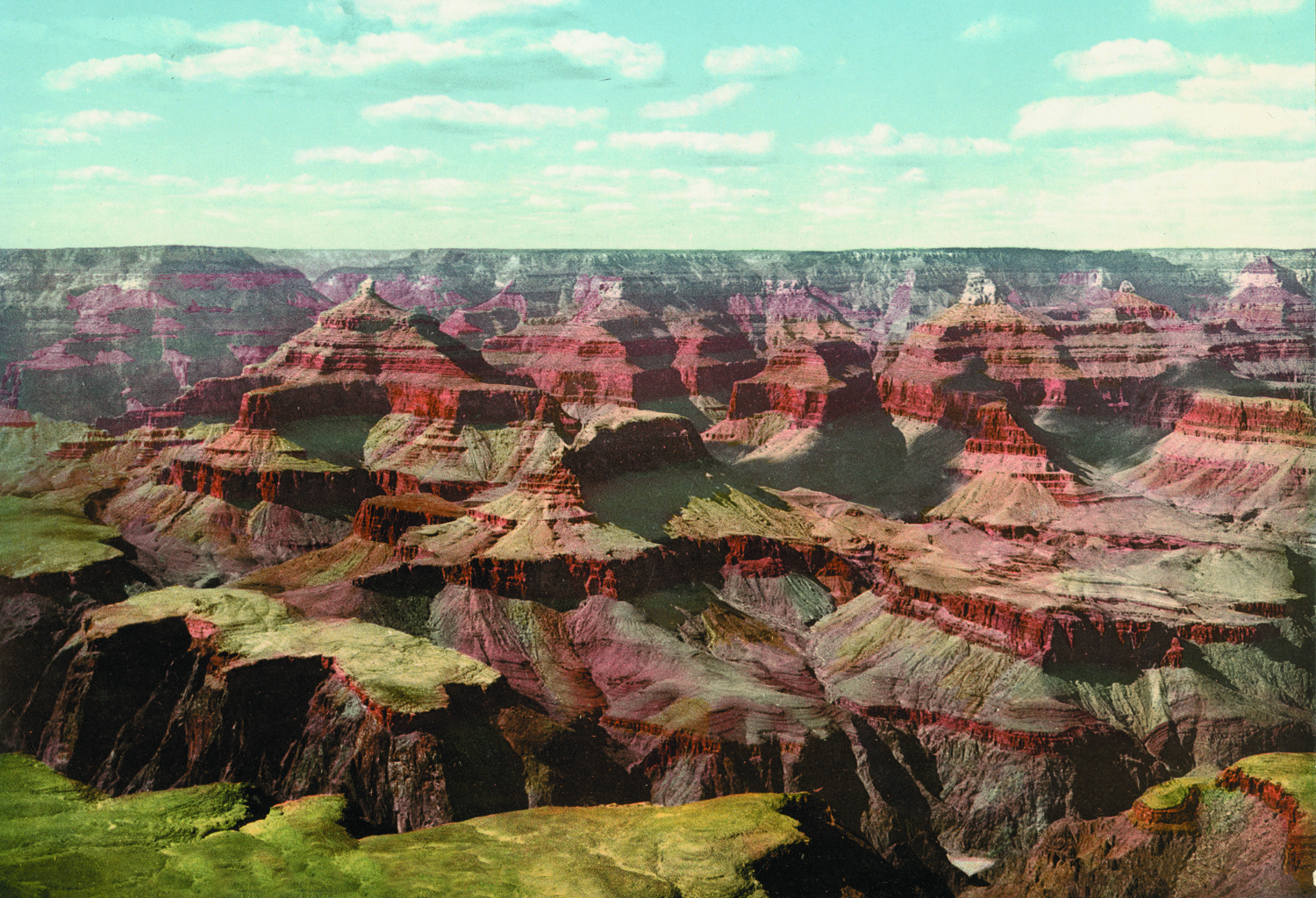
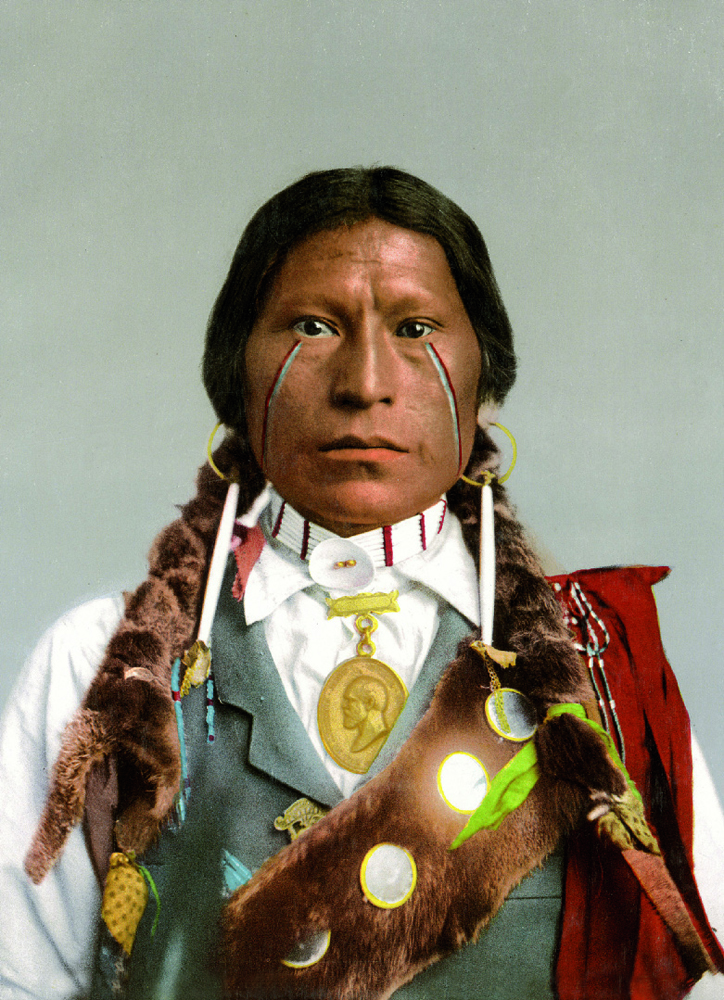
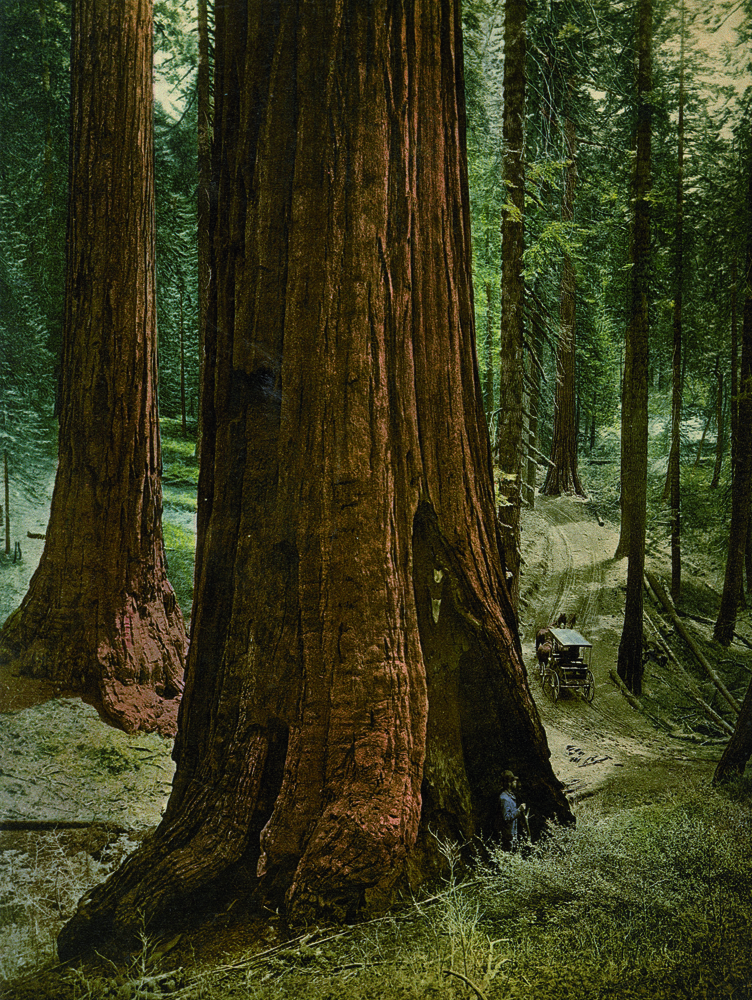
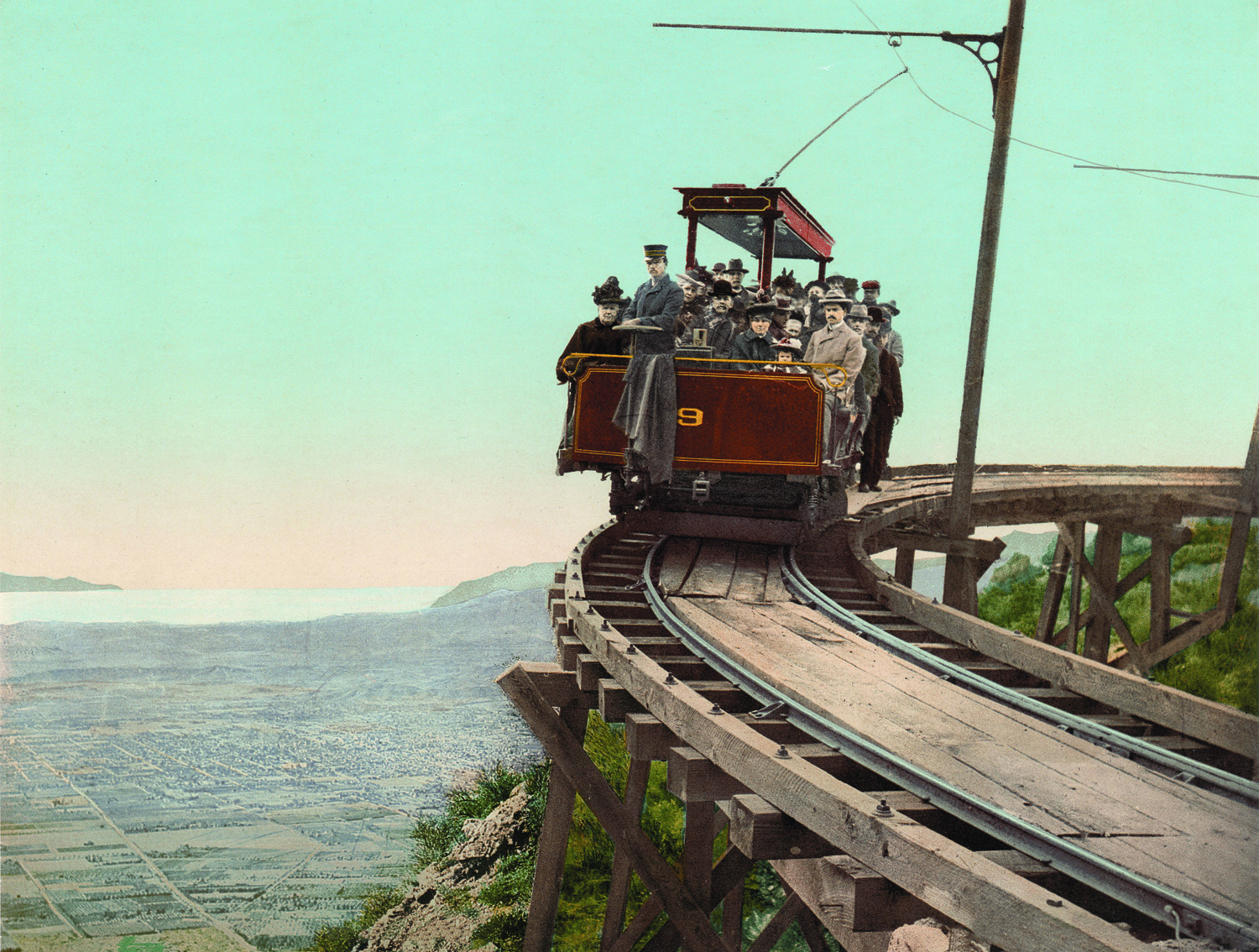
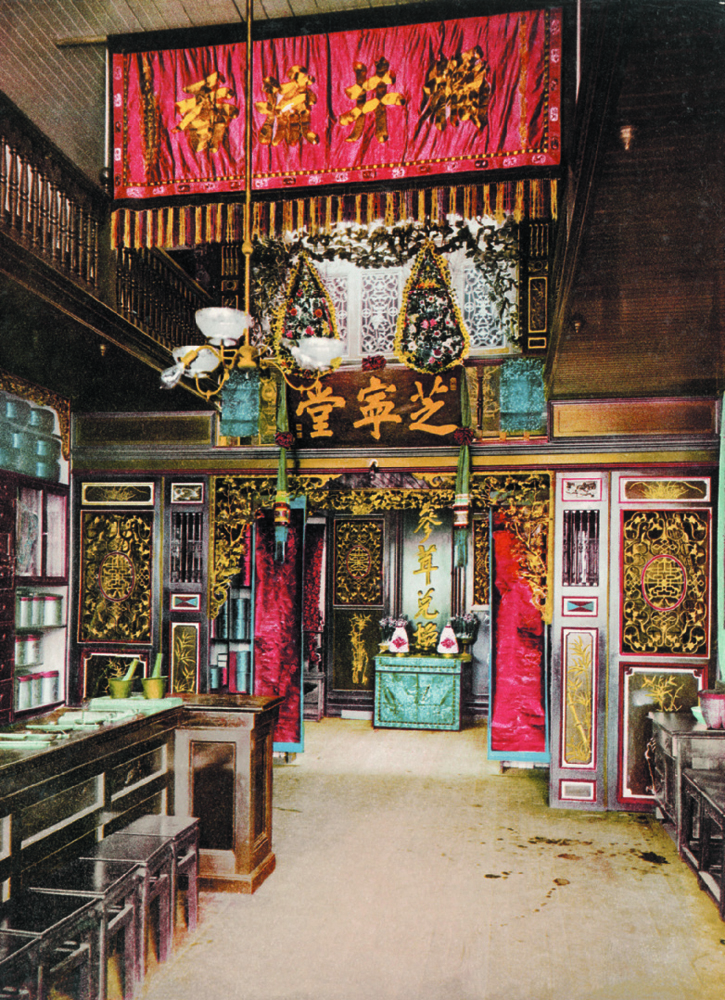
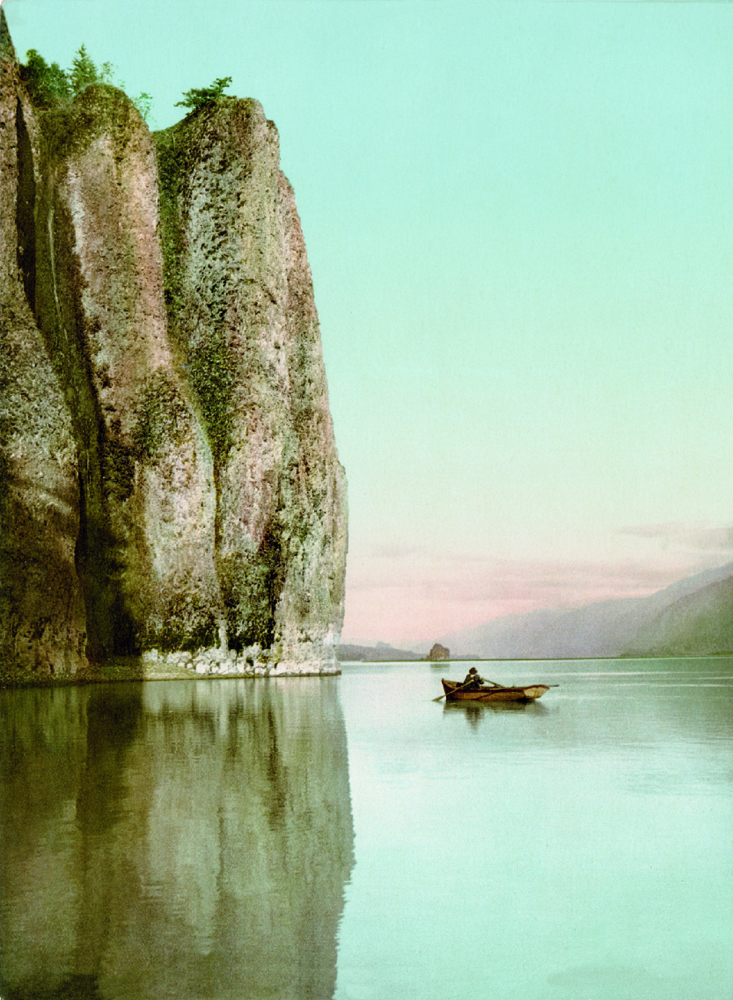

More Must-Reads from TIME
- Cybersecurity Experts Are Sounding the Alarm on DOGE
- Meet the 2025 Women of the Year
- The Harsh Truth About Disability Inclusion
- Why Do More Young Adults Have Cancer?
- Colman Domingo Leads With Radical Love
- How to Get Better at Doing Things Alone
- Michelle Zauner Stares Down the Darkness
Contact us at letters@time.com